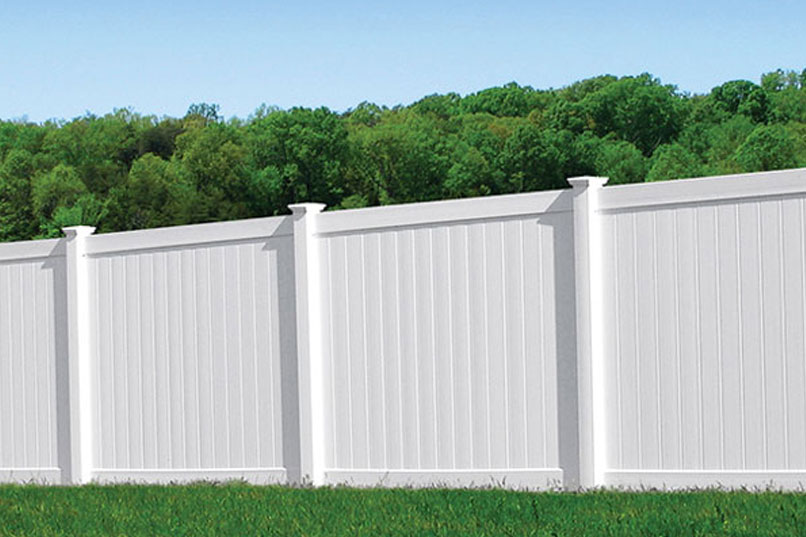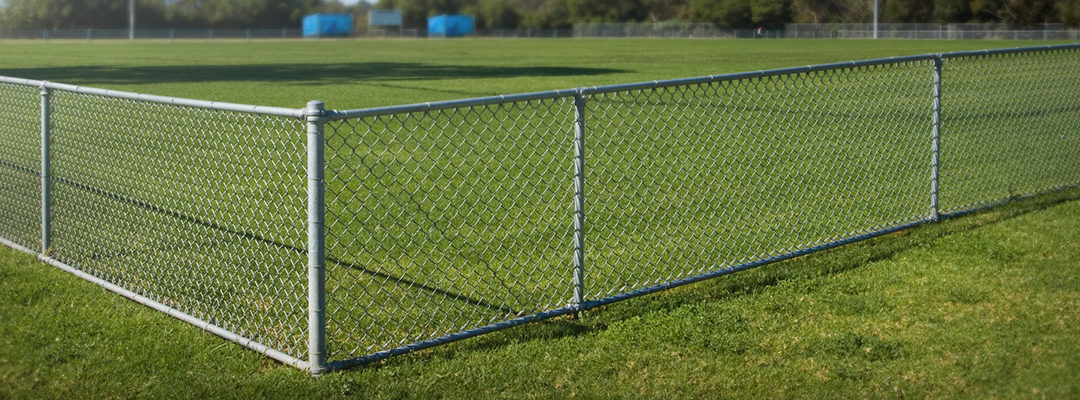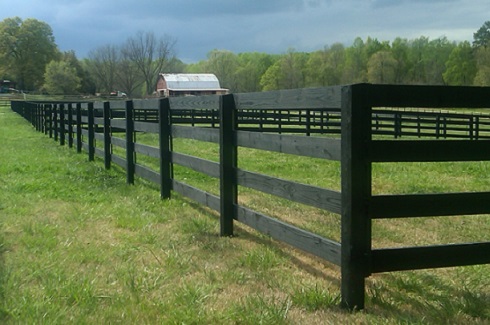Fencing Basics
Back to: Inspector I Field Basics
Introduction: As you have seen in the previous lessons there are several different looks and materials that can be used in different parts of a home. Fencing is no different, in this lesson we will examine the several types of fences as well as the materials used when constructing them.
Types of Gates: Before we can discuss the types of fencing you may see in the field we should first take a look at gates. The gate on a fence is essentially the door on a fence. Residential driveway gates vary in material, design, and opening action let’s examine those differences below.
A. Material: Most driveway gates are made of powder-coated steel, wrought iron or aluminum. Steel and iron are strong and durable, but aluminum is lighter, rust-resistant and less expensive. Wood gates are available as well but note that they’re heavy and prone to cracking and warping. Plus, wood gates require more maintenance than metal gates.
B. Design: Gates come in various designs depending on the manufacturer. Most residential driveway gates have a series of vertical pickets set within a perimeter frame. The three most common gate designs include flat-top, arched-top and arched-top with finials.
Flat-Top:

A flat-top gate is the simplest style. Its upper horizontal rail is perfectly straight, creating a flat-top design.
Arched-Top:

The upper rail of a standard arched-top gate is bent to form a gentle upsweeping arch. The pickets fit flush within the rail. This is the most popular style for driveway gates.
Arched-Top with Finials:

The arched-top gate with finials is similar to the standard arched-top gate, except that the tops of the pickets extend past the upper rail. Each upper rail is fitted with a decorative finial.
Opening Action:
Swinging Gate

Sliding Gate:

There are two ways that driveway gates operate: either by swinging or sliding.
A vast majority of residential driveway gates swing open because they require less space beside the driveway than a sliding gate.
Most driveway gates swing inward, meaning as you pull into the driveway, the gates swing away from you and in toward the house.
Aluminum Fence:

One of the most basic and attractive fencing types is aluminum. The only maintenance will come during installation when you choose to paint and decorate it. These fences aren’t made to withstand severe weather however because the material they are made with is not that strong.
Wood Fencing:

Wood is the most popular fencing type across America. Not only does it give homeowners a sense of privacy with the height wood fencing provides, but they are also one of the more attractive options on the market.
Basket Weave Fencing:

Picket Fence:

Board on board:

PVC Fencing:

These fences use PVC to replace wooden stakes and pickets, and although not nearly as sturdy, they certainly serve their purpose. The posts are PVC sleeves that go on top of wooden posts to add stability to the fence, but also cut down on material costs by using less wood. Sometimes, the PVC stakes are attached with an adhesive to the crossbars and other times, they are fastened with screws. This type of fencing comes in a variety of different heights and colors. Because of its PVC makeup, the fence is very resistant to the elements and can last for years.
Wrought Iron Fencing:

Wrought Iron Fencing is an extremely durable material that will last for many years. Unlike wood, it won’t dry out, rot, warp, or deteriorate quickly. Wrought iron fencing is also much stronger than other common fencing materials. Because wrought iron is so hard to break, it is better than many other fences for security purposes.
Vinyl Fencing:

Other than cost, vinyl fencing is elite when it comes to any other category. In fact, some manufacturers claim that vinyl fences are nearly five times stronger and four times more flexible than comparable wood fences.
Chain Link Fencing:

Chain link fences do not add much privacy to the home but perform the other basic functions of a fence quite well as they are cheap, durable and need very little maintenance.
Bamboo Fencing:

There are three styles for bamboo fencing: live bamboo, bamboo cane and rolled bamboo. Rolled bamboo and bamboo cane use poles linked together that are a bit sturdier than live bamboo. Live bamboo can grow up to a foot a year.
Farm Fencing:

This type of fencing is typically only used on farms for stock management, land and pasture management, as well as protection for crop and stock and the legal requirements for preventing livestock from wandering.

Leave a Reply
Want to join the discussion?Feel free to contribute!